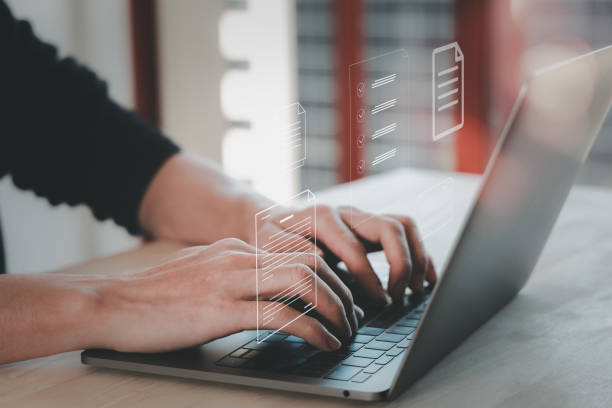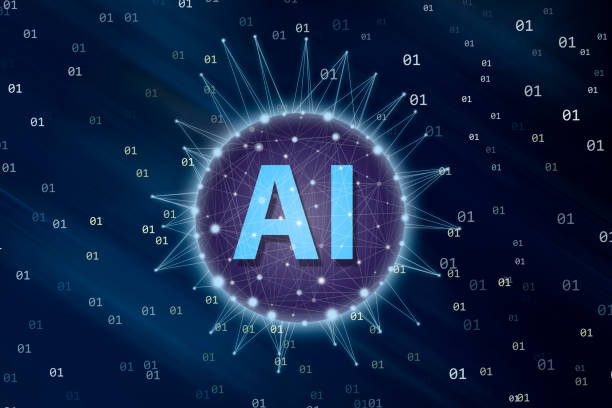Understanding the Fundamentals of On-Page SEO and Its Importance
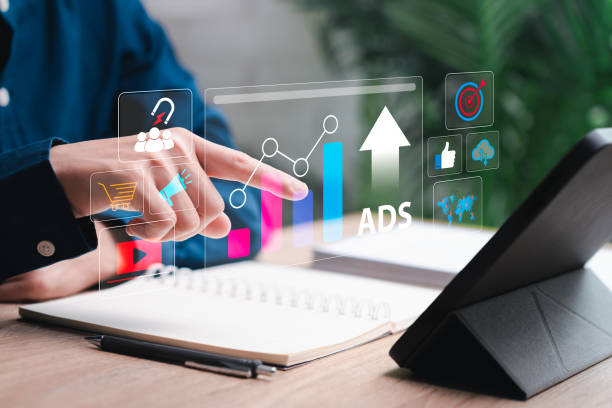
#On_Page_SEO, or On-Page SEO, refers to a set of actions and techniques performed within your website to improve its ranking in search engine results.
These actions include optimizing content, HTML code, and the overall website structure.
The primary goal of this type of optimization is to create a better user experience and also to help search engines properly understand the topic and value of your pages.
Without a strong on-page SEO strategy, even the best content might get lost among the vast amount of information available on the internet.
The importance of On-Page SEO lies in having complete control over its factors, allowing you to directly influence your site’s ranking by correctly applying techniques.
This includes aspects such as choosing appropriate keywords, optimizing title tags and meta descriptions, URL structure, using Heading tags, and internal linking.
This systematic approach shows search engines that your website not only has relevant and high-quality content but also provides a logical and user-friendly structure that is equally valuable for search engines and users.
On the other hand, neglecting these principles can lead to reduced visibility and loss of organic traffic, even if your content is exceptional.
Research shows that 80% of customers trust companies with professional websites more. Does your current website inspire this trust?
With Rasaweb’s corporate website design services, permanently solve the problem of customer distrust and a weak online image!
✅ Build a professional image and increase customer trust
✅ Generate more sales leads and grow your business
⚡ Get free consultation
The Role of Keywords in On-Page Site Optimization
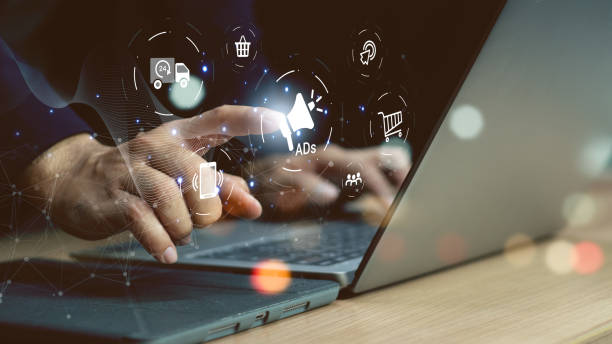
Researching and selecting appropriate keywords is the backbone of any successful on-page SEO strategy.
Keywords are the phrases that users enter into search engines to find the information, products, or services they are looking for.
Correctly understanding user needs and queries through keyword research helps you create content that exactly matches their desires.
This process involves identifying main keywords and long-tail keywords, which are less competitive and have higher conversion rates.
Various tools such as Google Keyword Planner, Ahrefs, and Semrush can assist you in this journey.
After identifying keywords, you should naturally and strategically integrate them into various sections of your page, including the page title, meta description, Heading tags, and of course, the main content text.
The importance of natural keyword distribution in on-page site optimization is undeniable; because overfilling a page with keywords (Keyword Stuffing) not only harms the user experience but can also be recognized as a spam practice by search engines and lead to your site being penalized.
Therefore, the goal should be the intelligent and purposeful use of keywords so that search engines understand your page and users receive valuable and readable content.
This approach significantly helps in strengthening your position in search results.
Key Elements of Web Page Optimization and Their Impact
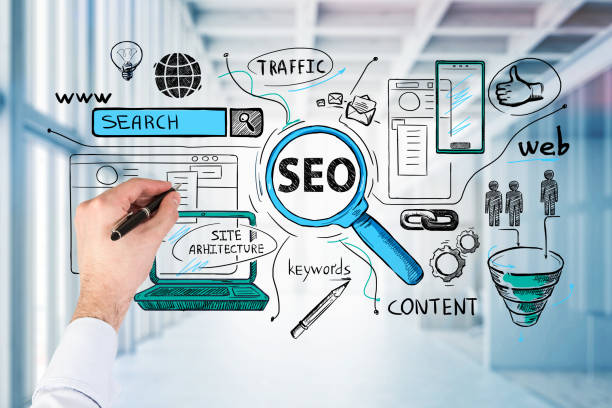
To achieve the best results in on-page SEO, you must pay attention to various details in the structure and content of your pages.
The Title Tag is the first and most important element that tells search engines and users what your page is about.
This tag should include the main keyword and be engaging, and its length should be less than 60 characters to be fully displayed in search results.
Although the Meta Description does not directly affect the page’s ranking, a compelling summary containing keywords can increase the click-through rate (CTR).
Heading tags (H1, H2, H3, etc.) help structure content and improve readability.
H1 should be used for the main page title and include the primary keyword, while H2 and H3 are used for subheadings and help in logically organizing the content.
Friendly URLs, which are short, descriptive, and include keywords, are not only more understandable for users but also help search engines comprehend the page’s content.
Furthermore, using the alt attribute for images helps search engines understand visual content and is also beneficial for users with visual impairments who use screen readers.
These details collectively form an optimized page that is appealing and understandable for both crawling bots and human visitors.
| On-Page SEO Element | Main Function | Impact on SEO |
|---|---|---|
| Title Tag | Displays page title in search results and browser tab | Most important ranking signal, increases CTR |
| Meta Description | Page summary in search results | Increases CTR (indirectly affects ranking) |
| Heading Tags (H1-H6) | Content structuring and readability improvement | Helps search engines understand structure and keywords |
| Friendly URL | Page address that is understandable for humans and search engines | Increases readability, slight rank improvement |
| Alt attribute for images | Explains image content for search engines and users | Helps image SEO, improves accessibility |
The Importance of Producing High-Quality and Diverse Content for On-Page SEO
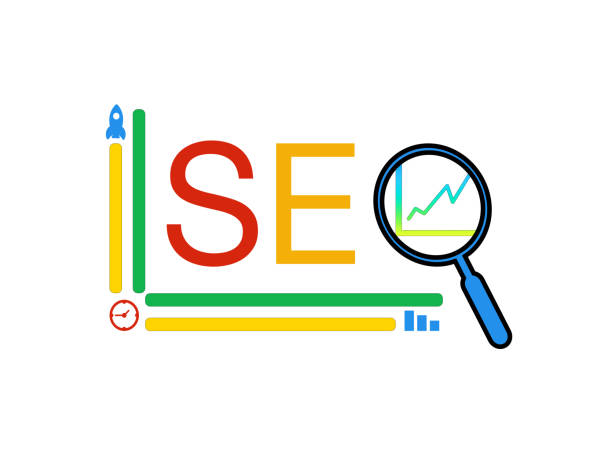
Content is King; this statement clearly demonstrates the importance of producing high-quality content in the world of on-page SEO.
Your content should not only be optimized for search engines but also address the real needs of users.
This means producing content that includes educational, explanatory, guidance, and even entertaining information.
Thought-provoking content can also increase user engagement and extend their dwell time on the site.
Search engines are increasingly prioritizing engagement signals such as Dwell Time, Bounce Rate, and Scroll Depth.
Good content should be comprehensive, accurate, and unique.
Regular content updates also indicate site activity and the provision of new information, which can help improve ranking.
Additionally, using visual elements such as images, videos, and infographics can enhance content appeal and make it more digestible for users and search engines.
Ensure that your content is well-organized and has a logical structure, which aids in improving readability and user experience.
Content alignment with user search intent and providing real value are among the most important factors in strengthening your site’s on-page optimization.
Are you dissatisfied with the low sales of your e-commerce website?
Rasaweb is your solution for having a professional and high-selling e-commerce website.
✅ Significant increase in sales and revenue
✅ Easy and enjoyable shopping experience for customers
⚡ Get a free consultation from Rasaweb now!
Optimizing Images and Videos for Speed and SEO

Images and videos are vital elements in web content that can significantly improve the user experience, but if not optimized correctly, they can reduce page loading speed and harm on-page SEO.
For images, compressing them to reduce file size without compromising quality is the first step.
New formats like WebP can significantly reduce image sizes.
Additionally, using the alt text attribute or alternative text for each image is essential.
This text provides a description of the image content that is not only understandable for search engines but also beneficial for visually impaired users who use screen readers.
Appropriate naming of image files using keywords also helps search engines better understand the content.
For videos, hosting them on specialized platforms like YouTube or Vimeo and then embedding them into your website is recommended, as these platforms perform the necessary optimizations for playback and speed.
Also, creating a Video Sitemap and using Schema Markup structured data for videos helps search engines better index and display your video content in search results.
Implementing Lazy Loading for images and videos also ensures that these elements are only loaded when the user scrolls to the relevant section, which significantly boosts the initial page loading speed.
All these measures contribute to strengthening your site’s on-page optimization.
Internal Linking Strategy and Site Structure Improvement
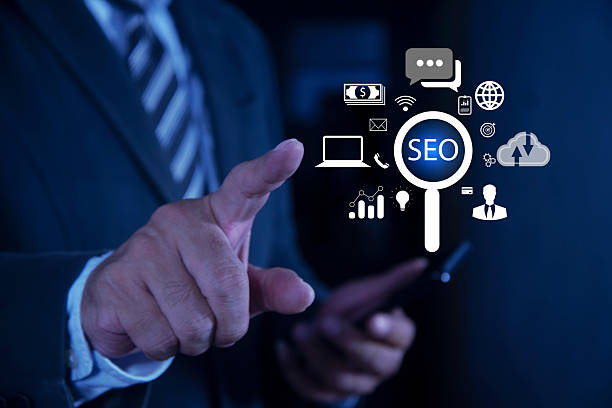
Internal linking is one of the most powerful tools in on-page SEO that is often overlooked.
Internal links are links that connect different pages of your website to each other.
This not only helps users easily navigate your site and access related content but also assists search engines in discovering and indexing new pages, as well as understanding the relationships between different pages.
By distributing “Link Equity” from stronger pages to weaker but related pages, you can increase the authority of newer or less visible pages.
Using descriptive and keyword-rich Anchor Text for internal links signals to search engines what the destination page is about.
A logical and hierarchical site structure, supported by proper internal linking, acts like a roadmap for search engines.
This structure ensures that no page on your site remains “orphaned” and all pages are accessible.
For example, a Homepage can link to category pages, and each category page can link to related product or article pages.
This approach aids in your on-page site optimization and ensures that SEO authority and power are properly distributed throughout the site.
Effective internal linking can also increase user Time on Site and reduce bounce rate, all of which are positive signals for your site’s ranking.
Technical Aspects of On-Page SEO: Site Speed and Mobile-Friendliness

The technical aspects of on-page SEO play a crucial role in the overall success of a website in search engines.
Page Speed is one of the most important ranking factors, as users and search engines prefer high speed.
A slow site leads to a poor user experience and a high bounce rate.
To improve speed, one can use image compression, code optimization (CSS, JavaScript, HTML), caching, and selecting a powerful hosting provider.
Tools like Google PageSpeed Insights can help you identify speed issues.
Another important factor is Mobile-Friendliness.
Given the significant increase in mobile users, Google implemented “Mobile-first Indexing” years ago, meaning your site’s mobile version is prioritized for indexing.
Responsive Design, which automatically adjusts your site to the user’s device screen size, is the best solution to ensure mobile compatibility.
Furthermore, implementing Structured Data (Schema Markup) is also an advanced technical aspect of on-page SEO.
These codes help search engines better understand your site’s content and display richer information (Rich Snippets) in search results, such as star ratings or product information.
Managing Crawl Errors, creating an XML Sitemap, and a correct Robots.txt file are also other technical issues that need to be carefully addressed to ensure that search engines can easily crawl and index your site.
| Technical Aspect | Description | Improvement Solution |
|---|---|---|
| Page Loading Speed | Time required to fully display page content | Image compression, caching, code optimization |
| Mobile Compatibility | Ability to display the site correctly on mobile devices | Responsive Design |
| Structured Data (Schema) | Codes to help search engines better understand content | Adding Schema.org codes to pages |
| XML Sitemap | A file that shows the site structure to search engines | Regular creation and updates, submission to Search Console |
| Robots.txt file | Controls search bot access to site sections | Correct configuration to allow/deny bot access |
User Experience (UX) and Its Connection to On-Page SEO
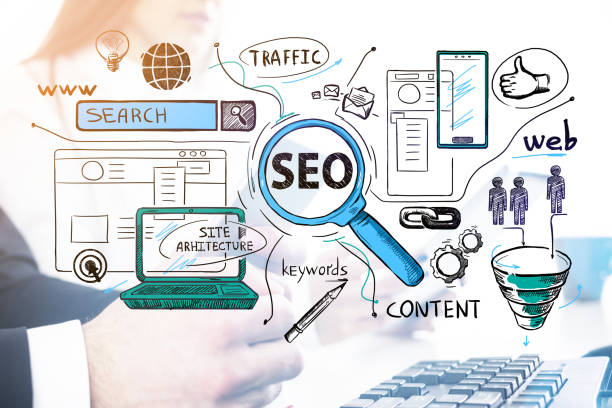
User Experience (UX) has increasingly become a critical factor in search engine rankings and plays a significant role in on-page SEO.
Google aims to provide the best results to its users, and websites that offer a better user experience are prioritized.
Good UX includes easy navigation, attractive visual design, fast loading times, and accessible, relevant content.
If users quickly leave your site (high bounce rate) or cannot easily find what they are looking for, these negative signals are sent to search engines and can harm your site’s ranking.
Analyzing user behavior with tools such as Google Analytics and Heatmaps can provide valuable analytical insights into how users interact with your site.
Optimizing UX for on-page SEO means creating a site that is not only crawlable and indexable by search engines but also appealing and practical for visitors.
This involves improving content readability by using short paragraphs, bulleted lists, and images, reducing navigation complexity, and ensuring site responsiveness across different devices.
Google’s Core Web Vitals also directly measure user experience metrics and influence rankings.
Therefore, a successful strategy in on-page site optimization must place UX at its core.
Are you concerned about your e-commerce website’s low conversion rate and not achieving your desired sales?
Rasaweb is your specialized solution for having a successful e-commerce website.
✅ Significant increase in conversion rate and sales
✅ Professional and user-friendly design to attract customer satisfaction
⚡ Ready for a transformation in online sales? Get a free consultation!
Monitoring and Analyzing On-Page SEO Performance: Key Tools and Metrics
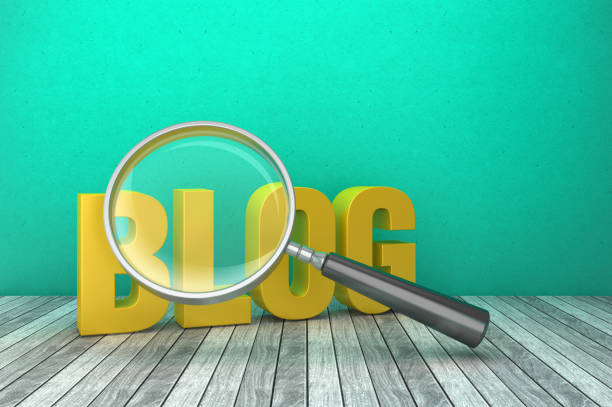
After implementing on-page SEO techniques, the next crucial step is monitoring and analyzing performance.
This allows you to assess the effectiveness of your strategies, identify weaknesses, and implement necessary improvements.
Various tools are available for this purpose, each providing specialized and valuable information.
Google Search Console is an essential tool that provides information about your site’s performance in Google search results, crawling issues, indexing errors, and keywords through which users reach your site.
Google Analytics also provides detailed data on user behavior on your site, including incoming traffic, dwell time, bounce rate, and navigation paths.
Key metrics to pay attention to include: Keyword Rankings, Organic Traffic, Click-Through Rate (CTR) for different pages in search results, Bounce Rate, Time on Page, and Core Web Vitals status.
Continuously monitoring these metrics helps you track changes in your on-page SEO performance and quickly react to challenges and opportunities.
For instance, a sudden drop in organic traffic might indicate a technical issue or a penalty from Google that requires immediate investigation.
By using these tools and metrics, you can create a continuous optimization cycle for your on-page site optimization.
Common Mistakes in On-Page SEO and Recommendations for the Future

On the path of on-page SEO, there are some common mistakes that can render your efforts ineffective.
One of these mistakes is overfilling content with keywords (Keyword Stuffing), which not only ruins the user experience but also gets penalized by search engines.
Duplicate or copied content from other sites is another factor that can harm your ranking.
Lack of optimization for title tags and meta descriptions, using disorganized and incomprehensible URLs, and ignoring site loading speed and mobile compatibility are also common mistakes.
Furthermore, neglecting user experience and having a complex navigation structure can lead to losing visitors and ranking.
For the future, the trend of on-page SEO is moving towards a deeper understanding of search intent, continuous improvement of user experience, and the use of artificial intelligence in content.
The emergence of AI-powered tools for content creation and data analysis indicates significant newsworthy changes in this field.
Focus on E-E-A-T (Expertise, Experience, Authoritativeness, Trustworthiness) and Core Web Vitals has also gained increasing importance.
Optimization for voice search and video content is also among future trends.
Therefore, for continuous success in on-page site optimization, you must always be learning and adapting to changes in search engine algorithms and user needs.
Investing in high-quality content and continuously enhancing technical aspects and user experience is the key to sustainable success in this field.
Frequently Asked Questions
| No. | Question | Answer |
|---|---|---|
| 1 | What is On-Page SEO? | On-page SEO refers to a set of actions performed within a website to optimize its pages and achieve a better ranking in search results. |
| 2 | What is the most important factor in on-page SEO? | High-quality, relevant, and comprehensive content that addresses user needs is the most important factor in on-page SEO. |
| 3 | What role does the Title Tag play in on-page SEO? | The title tag is one of the most important factors that tells search engines and users what the page content is about. It should include the main keyword and be engaging. |
| 4 | How important is the Meta Description tag? | Although it does not directly affect ranking, it is very effective on the click-through rate (CTR) in search results and encourages users to visit the page. |
| 5 | How are images optimized in on-page SEO? | By using appropriate alt tags, compressing image size to increase loading speed, and meaningful image file naming. |
| 6 | What is the importance of using headings (H1, H2, H3) in on-page SEO? | Headings help structure content, improve readability, and assist search engines in understanding the hierarchy and sub-topics of the content. |
| 7 | What is internal linking and what are its benefits? | Internal linking means creating links between different pages of a website. This helps with authority distribution, improving user navigation, and assisting search engine crawling. |
| 8 | Where should the Focus Keyword be placed on the page? | The main keyword should be placed in the title tag, meta description, H1, first paragraph, and naturally throughout the text, and if possible, in the URL. |
| 9 | What is the impact of copied or duplicate content on on-page SEO? | Duplicate content can harm a site’s ranking and confuse search engines as to which version is original, potentially being identified as spam. |
| 10 | How important is page loading speed in on-page SEO? | Page loading speed is a crucial ranking factor and directly affects user experience. Slow pages lead to an increased bounce rate for users. |
And other services by Rasaweb Advertising Agency in the field of advertising
Smart Direct Marketing: Revolutionize click-through rates with attractive UI design.
Smart Advertorials: A dedicated service for increasing website traffic growth based on custom programming.
Smart UI/UX: Designed for businesses looking to increase click-through rates through marketing automation.
Smart Sales Automation: Professional optimization for increasing sales using attractive UI design.
Smart Sales Automation: A fast and efficient solution for campaign management focusing on marketing automation.
And over hundreds of other services in the field of internet advertising, advertising consultation, and organizational solutions
Internet Advertising | Advertising Strategy | Advertorial
Resources
- Complete Guide to On-Page SEO
- Important On-Page SEO Factors
- Importance of Internal Linking in SEO
- Content Optimization for On-Page SEO
? To elevate your business in the digital world and gain peak visibility, Rasaweb Afarin, a specialist in digital marketing services including corporate website design, is your professional companion.
📍 Tehran, Mirdamad Street, next to Central Bank, Southern Kazeroun Alley, Ramin Alley, No. 6


